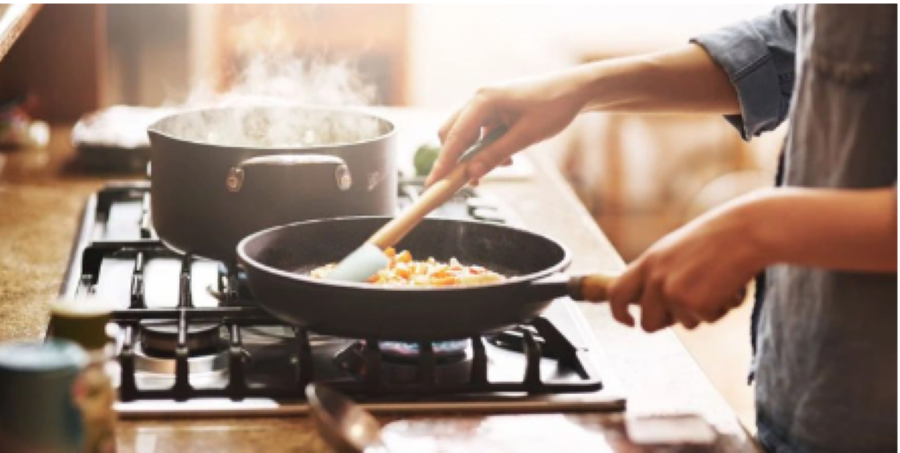
Non-stick pans need to be scratch-resistant - Illustration photo
Is pan coating something to worry about?
Many people are still concerned that the coating on non-stick pans and pots makes cooking unsafe, even increasing the risk of cancer and health problems.
Regarding the harmful effects of the components in non-stick pans, Dr. Nguyen Xuan Tuan, a lecturer at the University of Medicine and Pharmacy, Vietnam National University , Hanoi , stated that the Teflon formula is so famous that many people refer to all non-stick pans and pots as Teflon.
In reality, not all non-stick coatings on cookware are Teflon. Despite its long history, Teflon still raises potential health concerns. A frequently asked question is whether non-stick cookware increases the risk of cancer.
In fact, Teflon is the name of a synthetic chemical called polytetrafluoroethylene (PTFE). Teflon is used as a non-stick coating on the surfaces of many products because it is waterproof and helps reduce friction.
Teflon has been used since the 1940s and is found in everything from heat lamps to fabric protectors. It also has industrial, automotive, and pharmaceutical applications.
In fact, we are using a lot of Teflon-coated products in our homes. However, the most familiar use of Teflon is probably the non-stick coating on the surface of pots and pans, making cooking and cleaning utensils much easier.
Answering the question of whether non-stick ingredients in cookware increase the risk of cancer? According to Dr. Tuan, concerns about cookware such as non-stick pots and the risk of cancer are completely unrelated to Teflon.
This risk is linked to perfluorooctanoic acid (PFOA) - a chemical used in the production of Teflon.
Although PFOA was once used to make Teflon, all Teflon-branded products have been PFOA-free since 2013. There are some studies that suggest a link between PFOA and cancer, but the link between Teflon and cancer is completely unfounded.
We need to understand why PFOA is a concern and why it is no longer used to produce Teflon. During the production of Teflon non-stick coating, PFOA can contaminate soil, water, air and the time it stays in the environment and human body is very long.
Consumers exposed to fumes from non-stick coated cookware for extended periods of time may experience flu-like symptoms such as headaches, chills and fever. This is often associated with cookware such as non-stick pots being used at excessively high temperatures for many hours.
In fact, this condition is benign and symptoms tend to disappear within 12-48 hours after exposure to smoke. However, these symptoms can be severe for people with pre-existing cardiovascular or respiratory conditions.
Other studies have shown that PFAS (which have not been used to make Teflon since 2013) may be linked to:
- Increased blood cholesterol levels;
- Reduced vaccine effectiveness in children;
- Changes in liver enzymes;
- Increased risk of hypertension or preeclampsia in pregnant women;
- Low birth weight.
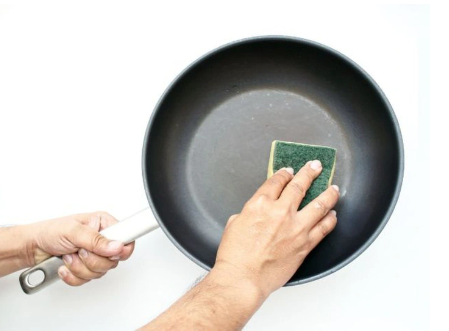
Do not use non-stick pans for too long - Illustration photo
Avoid peeling off microplastics to ensure safety
Scientists from the University of Newcastle and Flinders University, Australia, used new non-stick pans versus two-year-old pans, along with stainless steel and wooden cookware, to measure the levels of plastic particles that could potentially be released during cooking.
Results recently published in The Total Environment journal show that even a small scratch on a non-stick pan can release approximately 9,100 plastic particles during cooking.
If the non-stick coating is damaged, a few millimeters in size or more, it will release 2.3 million microplastic and nanoplastic particles that can potentially enter food.
A 2022 report from the nonprofit Ecology Center found that 79% of nonstick cooking pans and 20% of nonstick baking pans are coated with PTFE.
Flinders University Professor Youhong Tang said the study highlighted the need to better understand the threat of PTFE plastic fragments in everyday cooking.
“This sends a strong warning that we must be careful in choosing and using cooking utensils to avoid food being contaminated with plastic particles,” said Professor Tang.
To avoid plastic contamination of food and the environment, families should use soft, non-sharp cooking utensils to avoid scratching the surface during cooking and cleaning.
Therefore, avoid using stainless steel spoons and chopsticks when cooking or frying in a non-stick pan. Absolutely do not use a pot scrubber with metal fibers to wash the pan. Replace it if there are any scratches.
According to Dr. Tuan, some tips for using Teflon cookware safely are as follows:
- Replace damaged or worn Teflon cookware;
- Preheat over low to medium heat;
- Do not leave an empty non-stick pan or pot on a hot stove;
- Although Teflon non-stick coating can be safe at temperatures up to 260°C, it is best to cook at low to medium temperatures;
- When using too high temperature, turn on the ventilation fan or open the window;
- Avoid using hard metal utensils that can scratch the non-stick coating of the Teflon pan;
- Do not use corrosive cleaning materials;
- Whether using a pan, non-stick pot or any other cooking utensil, users should always follow the manufacturer's instructions for the safest use;
- If you are using Teflon cookware manufactured before 2013 and are concerned about your health, try replacing it with newer Teflon cookware or pots and pans made of stainless steel or aluminum.
Non-stick coatings can also release toxic chemicals into the air when they reach certain temperatures.
Scientists have shown that when heated to 260 degrees Celsius, it will start to produce smoke, when reaching 400 degrees Celsius, it will decompose and produce some toxic substances. Therefore, in daily cooking, keep it below 200 degrees Celsius and avoid leaving the pan dry on the stove.
Avoid cooking acidic foods in non-stick pans as acidic foods can corrode the metal. Replace your pan after 2 years of use.
Source: https://tuoitre.vn/dung-chao-chong-dinh-co-gay-hai-cho-suc-khoe-nhu-tin-don-20240520122401295.htm










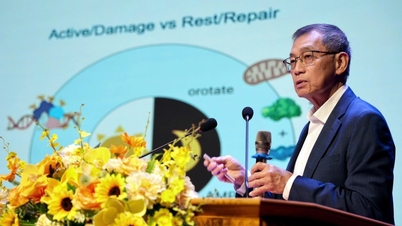


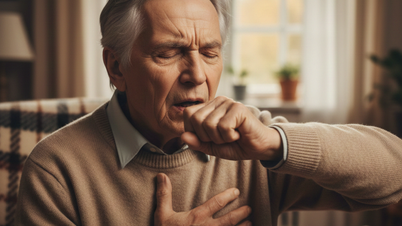


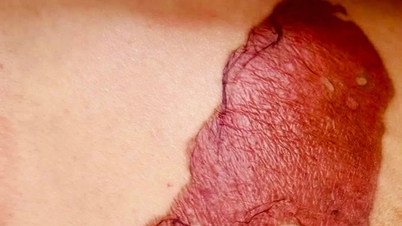
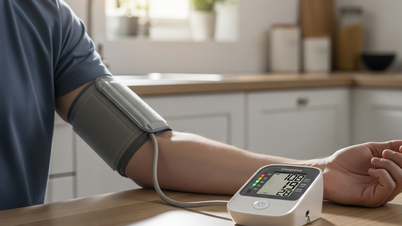
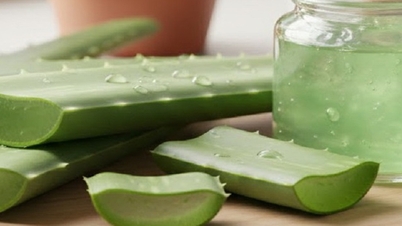





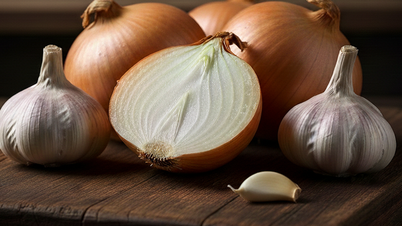















![[Video] The craft of making Dong Ho folk paintings has been inscribed by UNESCO on the List of Crafts in Need of Urgent Safeguarding.](https://vphoto.vietnam.vn/thumb/402x226/vietnam/resource/IMAGE/2025/12/10/1765350246533_tranh-dong-ho-734-jpg.webp)












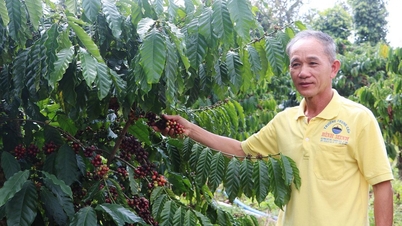
























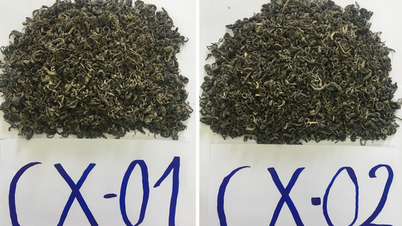
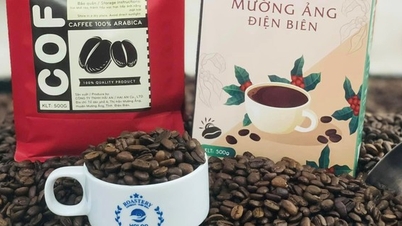
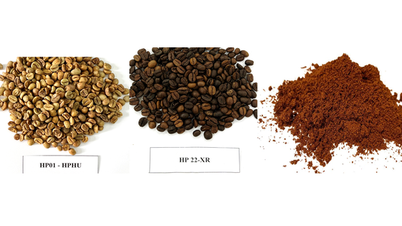



























Comment (0)